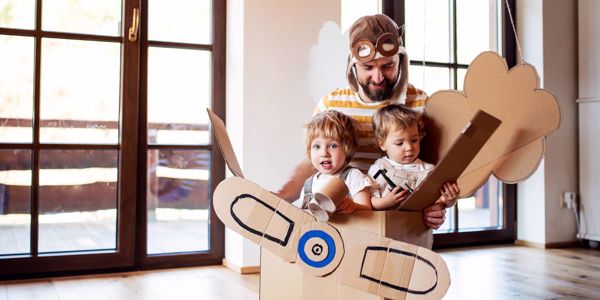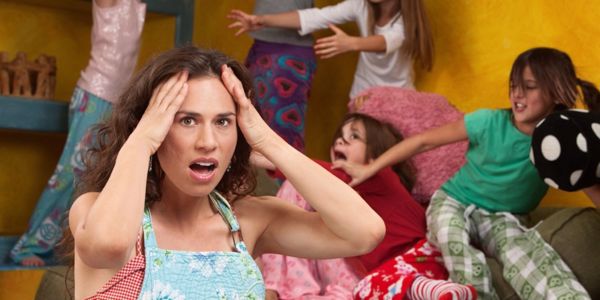I remember when I was pregnant with my eldest daughter that I felt too scared to do anything in case I lost the baby. I might add that the pregnancy itself was high risk as I experienced large blood loss throughout pregnancy which the cause was never identified. Given this risk, I was perhaps over-cautious with the exercise I did. Fast forward to my third pregnancy and things could not have been more different.
Prior to falling pregnant with my third child, I had started running. In fact, it was the morning of the Leeds 10km that I discovered I was pregnant. Having covered 10km several times before I opted to run the race. I found running during the first trimester quite tricky as I experienced lightheadedness, and sickness but once I hit the second trimester I continued running.
At 19 weeks pregnant, I completed my first marathon. It was hard work and something I wouldn’t recommend doing. Maybe if you’ve completed a marathon prior to pregnancy but don’t attempt your first marathon pregnant.
The recommendation currently is that physical activity that was undertaken before pregnancy can be continued during pregnancy provided they are non-contact sports and have a low risk of falling. It is also advised not to undertake sports where you would hold your breath and avoid lying on your back after 16 weeks.
The most important thing to remember is to listen to your body. Everybody is completely different in the same way every pregnancy is completely different, so what might work for you in your first pregnancy might not work in your second. If your body tells you to rest, then rest. If you experience aches and pains then stop the activity and take a break. Most importantly do not overdo it.
One of the most beneficial forms of exercise I found during pregnancy was antenatal Pilates classes. These not only helped to strengthen the muscles I would need during labour, they also focused on breathing techniques and relaxing too. The classes were tailored for pregnancy and I found them really beneficial.
Keeping active though doesn’t need to involve the gym or a sport it can be as simple as going for a walk. Keeping active will help to keep muscles working that will in turn help in labour.





